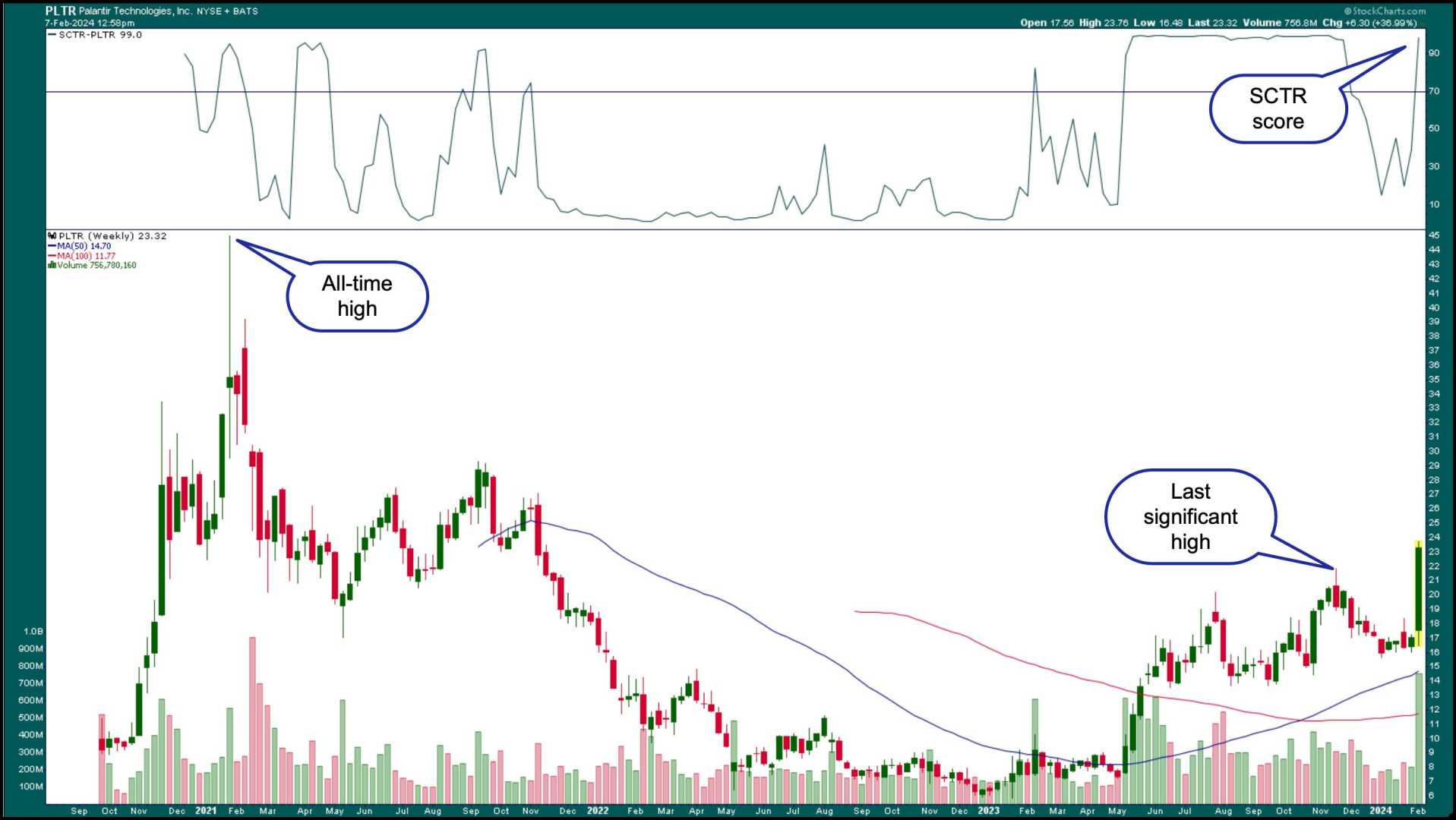Business
Palantir Technologies: Stock Split Speculation After 1,700% Surge

NEW YORK, NY — Palantir Technologies Inc. (NASDAQ: PLTR) has become a focal point in financial markets following its astounding 1,700% stock surge since early 2023, prompting speculation about a possible stock split. As of February 18, 2025, its stock price stood at $124.46, reflecting a 4.45% decrease in value of $5.30 for the day.
The company’s growth trajectory has drawn in many investors, largely due to its performance in the artificial intelligence (AI) sector. Since its shares began to ascend from under $8 to its current price, shareholders have seen exceptional returns. Analysts and strategists are now questioning whether a stock split might be imminent.
Historically, stock splits are popular among investors as they reduce share prices, thereby enhancing liquidity and making the stock more accessible to individual investors. A stock split involves dividing each outstanding share into multiple shares, resulting in a lower share price without impacting the overall market capitalization.
“Stock splits serve as a signal from management that they are confident in the company’s health and want to encourage more retail investors to participate in their stock,” said financial analyst Susan Miller. “However, it’s crucial to note that a split does not alter the company’s fundamentals.”
Palantir’s impressive stock performance can largely be attributed to its strong quarterly earnings where the company reported a revenue increase of 30% year-over-year, and a remarkable 64% growth in its commercial revenues. Notably, these gains align with the growing demand for its AI-powered platforms, Foundry and Gotham, which help organizations optimize operations through data analytics.
CEO Alex Karp expressed enthusiasm, stating, “There’s a revolution happening. We’re expecting the unexpected—and we’re going to win.” Such comments reflect the company’s commitment to growth amidst rapid advancements in AI technology.
The enthusiasm over Palantir’s prospects is palpable, and major financial institutions are supporting this upward momentum; Bank of America recently lifted its price target from $90 to $125 due to the company’s growth in AI and technology sectors.
Nonetheless, not everyone is convinced of the sustainability of such growth. Analyst Marko Kolanovic cautions that Palantir’s current valuation resembles that of “meme stocks,” indicating that some investors should be wary of the speed of the company’s rise in value.
The firm has also been successful in securing contracts with the U.S. government, with revenues from such contracts jumping 45% year-over-year. As the demand for AI integrations grows, the balance between commercial and government engagements positions Palantir uniquely.
Mixed signals from the market, bolstered by insider trading activity, stir further discussion on the company’s standing. Recently, Karp sold millions of shares at high profits, which raises questions about the long-term value and potential valuation bubbles.
Despite these challenges, institutional interest continues to grow, with hedge fund investments in Palantir increasing steadily, signaling confidence among large investors in its prospects.
The company’s alignment with initiatives to promote governmental efficiencies suggests a robust future as well. As Palantir taps into its expertise in AI and data analytics, analysts foresee opportunities for modernization in governmental operations.
As Palantir Technologies stands poised at the center of the AI revolution with its impressive growth and market strategies, the potential for a stock split feeds the conversation among investors. However, discerning between market noise and fundamental valuations remains critical for investment decisions in today’s dynamic economic landscape.












